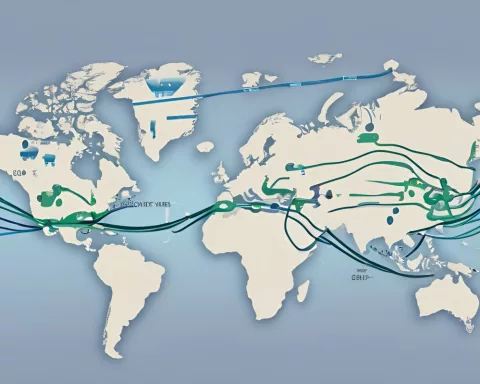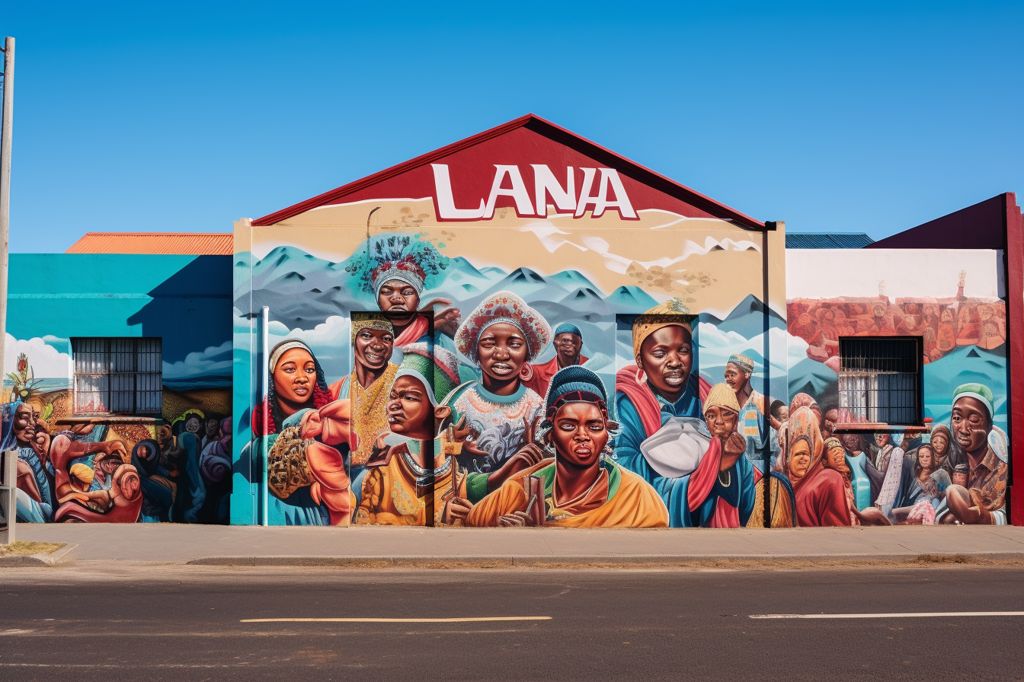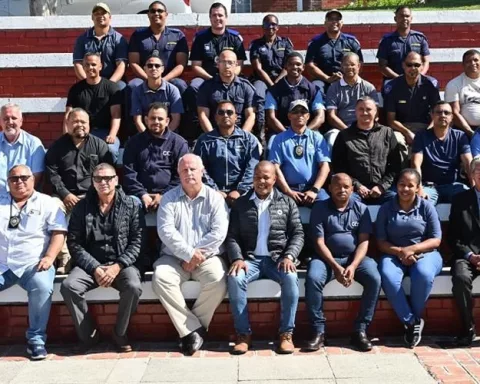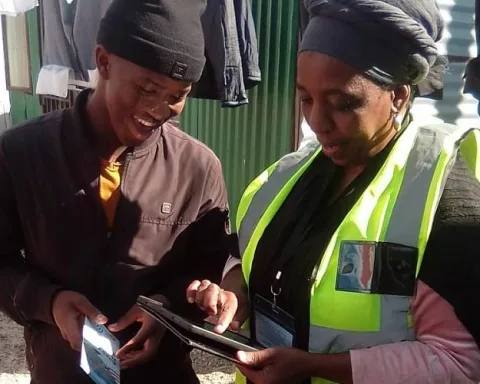On August 6th, a rockfall in the Congo Canyon resulted in severe damage to two undersea communication cables, leading to widespread disruptions in internet speeds and connectivity services across the nation. The South Atlantic Telecommunications Cable number three (SAT-3) and the West Africa Cable System (WACS) both suffered cuts on the same day, highlighting the vulnerability of international communication infrastructure.
The Incident
The rupture of SAT-3 took place in the morning, followed by the severing of the WACS cable later that evening. Both cable breaks occurred between the Democratic Republic of Congo and Cameroon, as identified by the system’s Coherent Optical Time Domain Reflectometer.
Impact on Network Provider
Openserve, a division of Telkom, confirmed the cable breaks and stated that the impact on their network was limited to customers on the international private leased circuits (IPLC) services. The network provider reassured their customers that they were collaborating with consortium partners to facilitate the restoration of these cables. Openserve has invested in other international cable capacities, allowing for an automatic re-routing of their IP Transit services (WebReach), ensuring seamless connectivity for their customers.
The Congo Canyon
The Congo Canyon is one of the world’s largest submarine canyons, located in the South Atlantic Ocean, slicing through the continental shelf and slope of Western Equatorial Africa. The WACS, which connects South Africa to Europe along the African west coast, follows this path and terminates in the United Kingdom. The WACS system lands in South Africa at Yzerfontein, Western Cape, while the SAT-3/WACS system enters the country at Melkbosstrand, Western Cape.
Repairs
The damage to the cables presents a significant challenge, and estimates suggest it may take a month or more for the cable repair ship, the Léon Thévenin, to reach the WACS break location, which is approximately 3,600 kilometers northwest of South Africa. The ship is currently occupied with repairs on another subsea cable system and is expected to arrive at the WACS breakage site within the first three weeks of September, subject to weather conditions.
Investment in Alternative Infrastructure
The Congo Canyon rockfall incident highlights the need for investment in alternative communication infrastructure to safeguard against unexpected disruptions. As technology continues to advance, and global connectivity becomes increasingly essential, ensuring that communication systems are resilient and adaptable is crucial for maintaining seamless connections and fostering economic growth.









